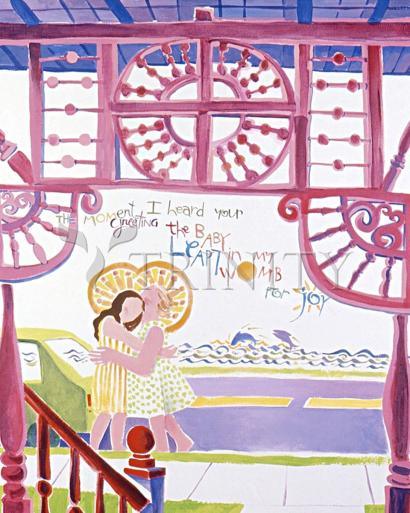Collection: Visitation - Cape Cod

-
Sale
Wood Plaque Premium
Regular price From $99.95 USDRegular priceUnit price per$111.06 USDSale price From $99.95 USDSale -
Sale
Wood Plaque
Regular price From $34.95 USDRegular priceUnit price per$38.83 USDSale price From $34.95 USDSale -
Sale
Wall Frame Espresso
Regular price From $109.95 USDRegular priceUnit price per$122.17 USDSale price From $109.95 USDSale -
Sale
Wall Frame Gold
Regular price From $109.95 USDRegular priceUnit price per$122.17 USDSale price From $109.95 USDSale -
Sale
Wall Frame Black
Regular price From $109.95 USDRegular priceUnit price per$122.17 USDSale price From $109.95 USDSale -
Sale
Canvas Print
Regular price From $84.95 USDRegular priceUnit price per$94.39 USDSale price From $84.95 USDSale -
Sale
Metal Print
Regular price From $94.95 USDRegular priceUnit price per$105.50 USDSale price From $94.95 USDSale -
Sale
Acrylic Print
Regular price From $94.95 USDRegular priceUnit price per$105.50 USDSale price From $94.95 USDSale -
Sale
Giclée Print
Regular price From $19.95 USDRegular priceUnit price per$22.17 USDSale price From $19.95 USDSale -
Custom Text Note Card
Regular price From $300.00 USDRegular priceUnit price per$333.33 USDSale price From $300.00 USDSale
ARTIST: Br. Mickey McGrath, OSFS
ARTWORK NARRATIVE:
And whence is this to me, that the mother of my Lord should come to me? For behold as soon as the voice of thy salutation sounded in my ears, the infant in my womb leaped for joy.
(Luke 1:43-44)
Feast day is May 31.
- Art Collection:
-
Men & Women of the Bible,
-
Mary Images,
-
Saints & Angels,
-
Seasonal & Festal
- McGrath collection:
-
Images of Mary,
-
Saints
This is a fairly late feast, going back only to the 13th or 14th century. It was established widely throughout the Church to pray for unity. The present date of celebration was set in 1969, in order to follow the Annunciation of the Lord and precede the Nativity of John the Baptist.
Like most feasts of Mary, it is closely connected with Jesus and his saving work. The more visible actors in the visitation drama (see Luke 1:39-45) are Mary and Elizabeth. However, Jesus and John the Baptist steal the scene in a hidden way. Jesus makes John leap with joy—the joy of messianic salvation. Elizabeth, in turn, is filled with the Holy Spirit and addresses words of praise to Mary—words that echo down through the ages.
It is helpful to recall that we do not have a journalist's account of this meeting. Rather, Luke, speaking for the Church, gives a prayerful poet's rendition of the scene. Elizabeth's praise of Mary as “the mother of my Lord" can be viewed as the earliest Church's devotion to Mary. As with all authentic devotion to Mary, Elizabeth's (the Church's) words first praise God for what God has done to Mary. Only secondly does she praise Mary for trusting God's words.
Then comes the Magnificat (Luke 1:46-55). Here, Mary herself (like the Church) traces all her greatness to God.


















